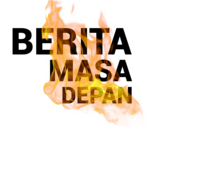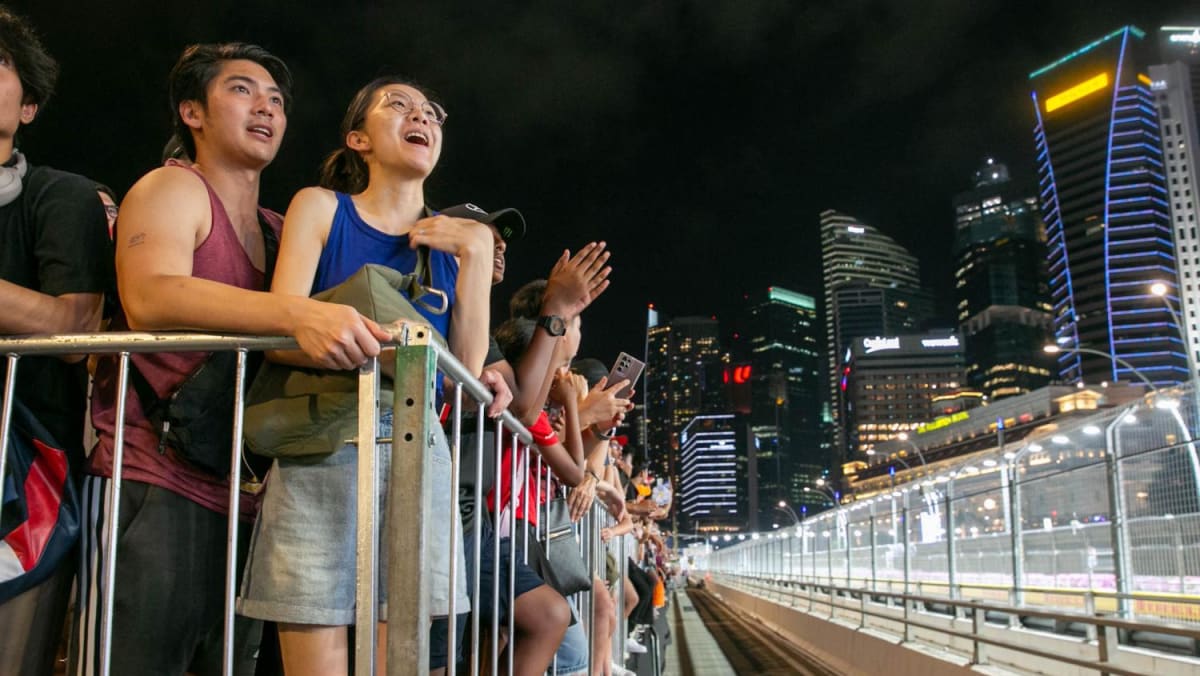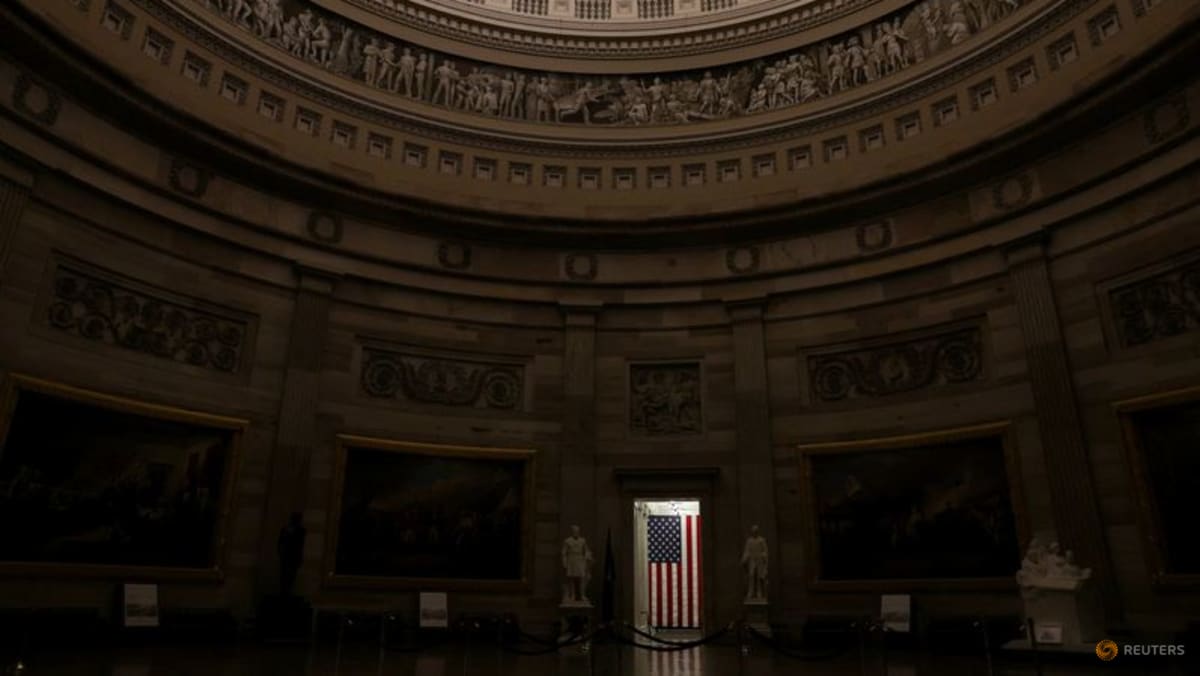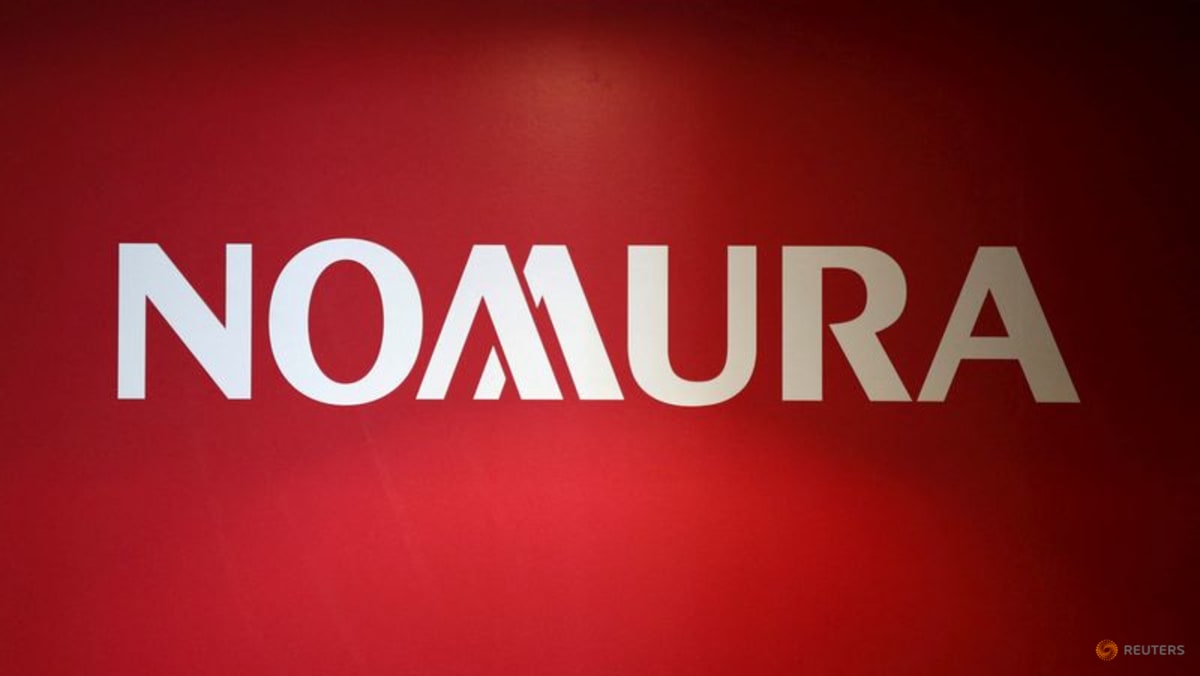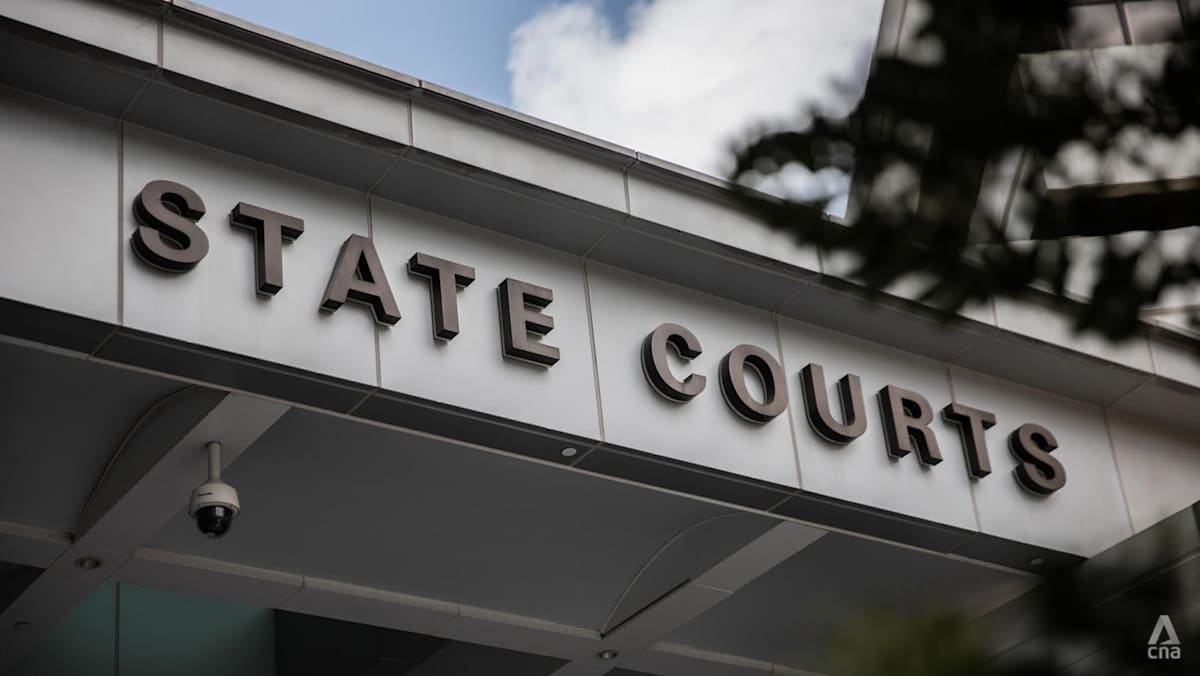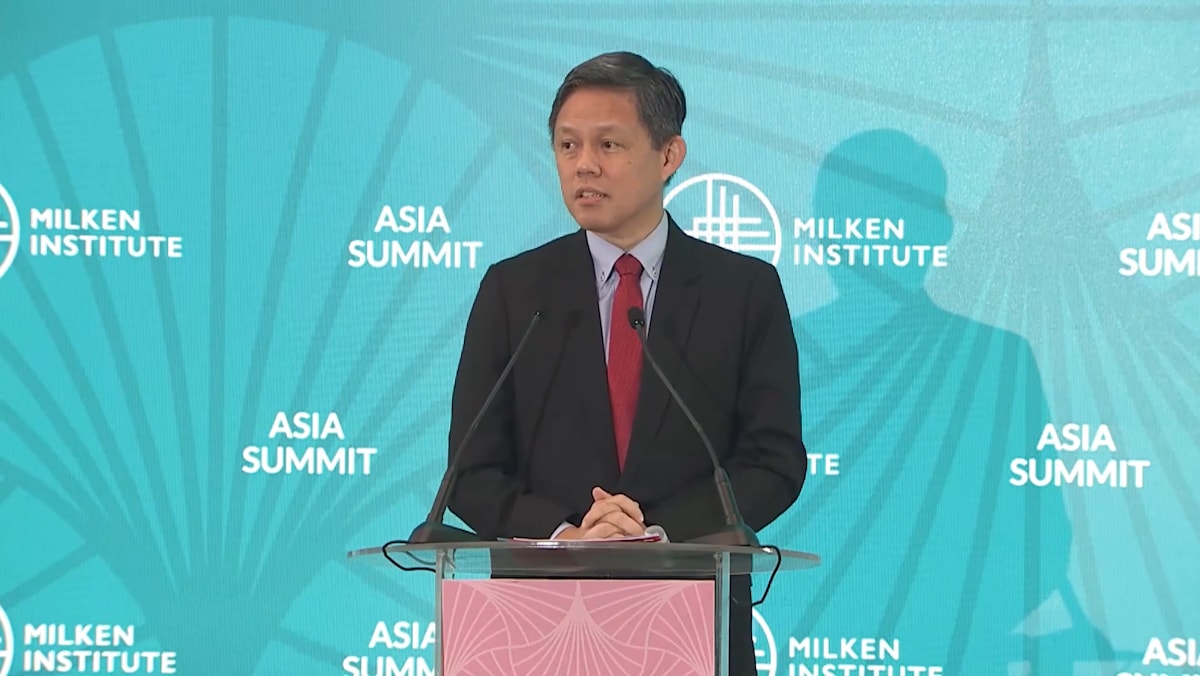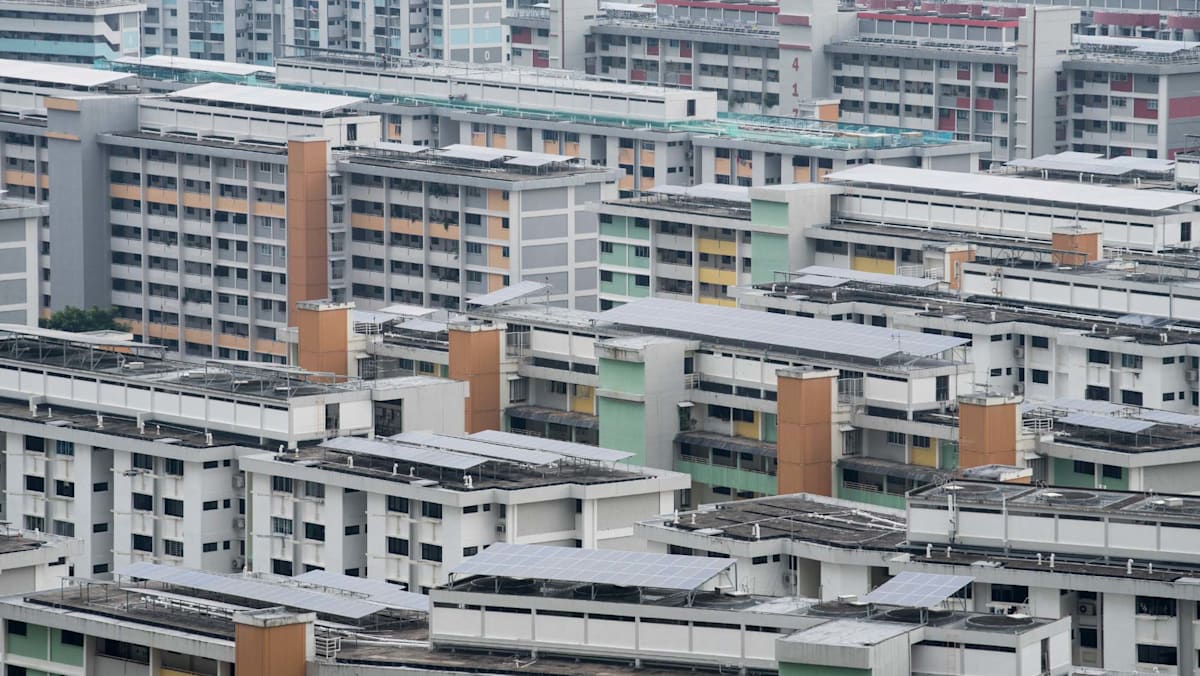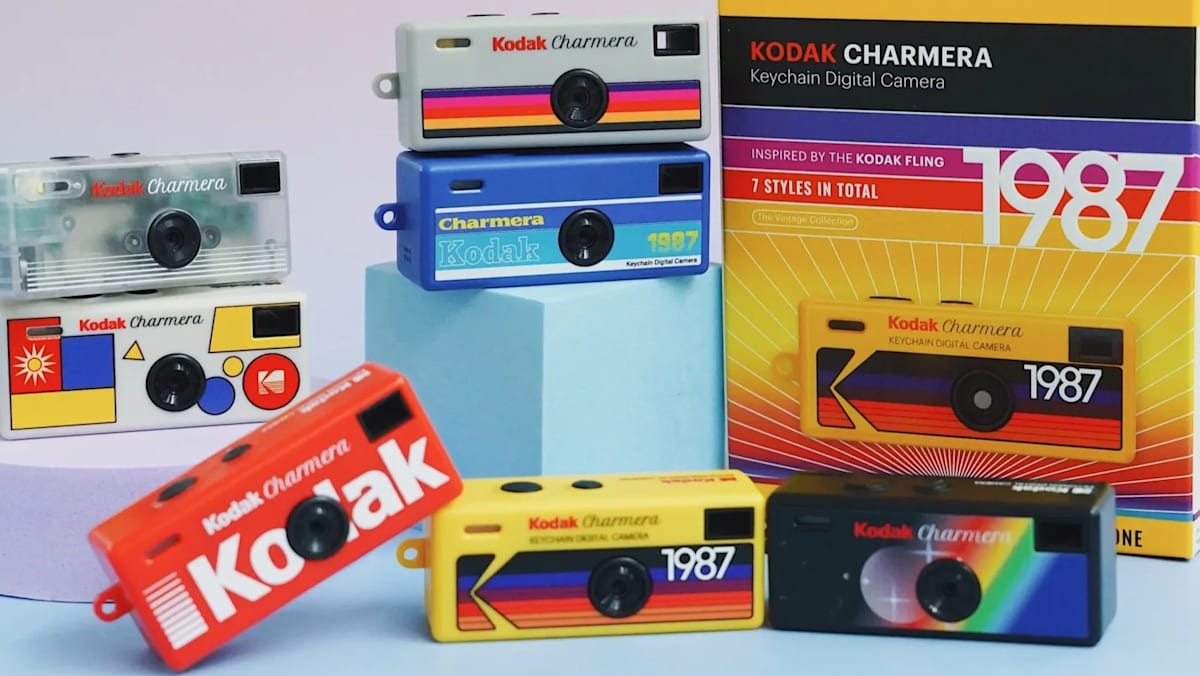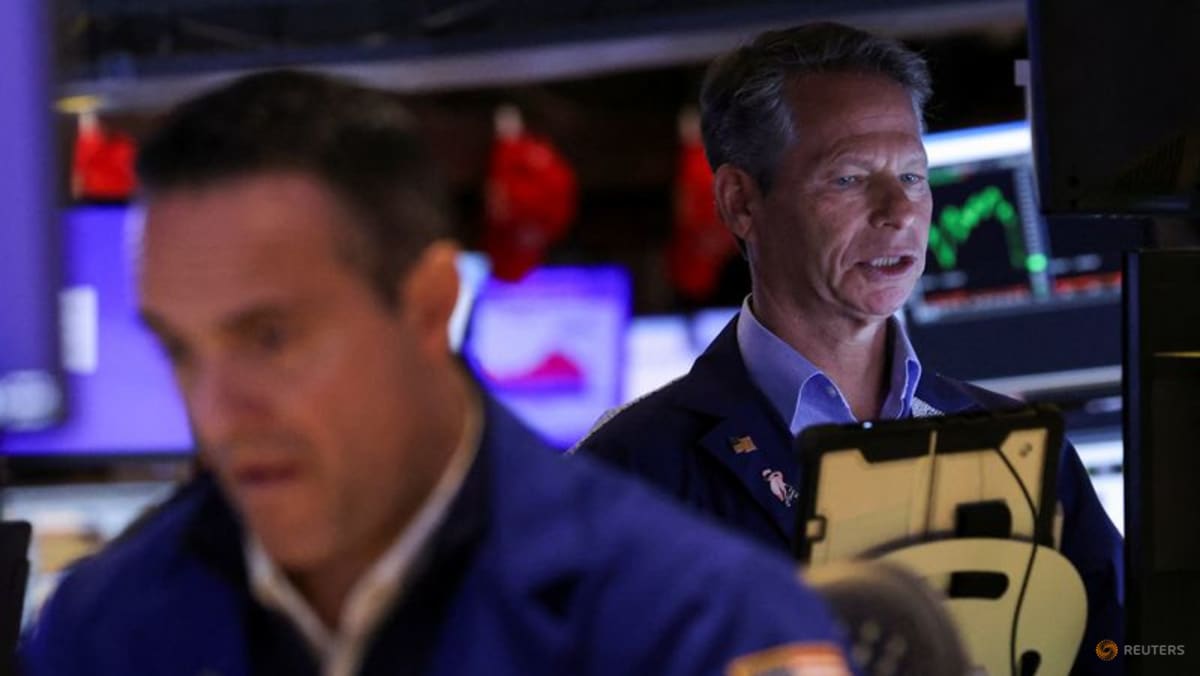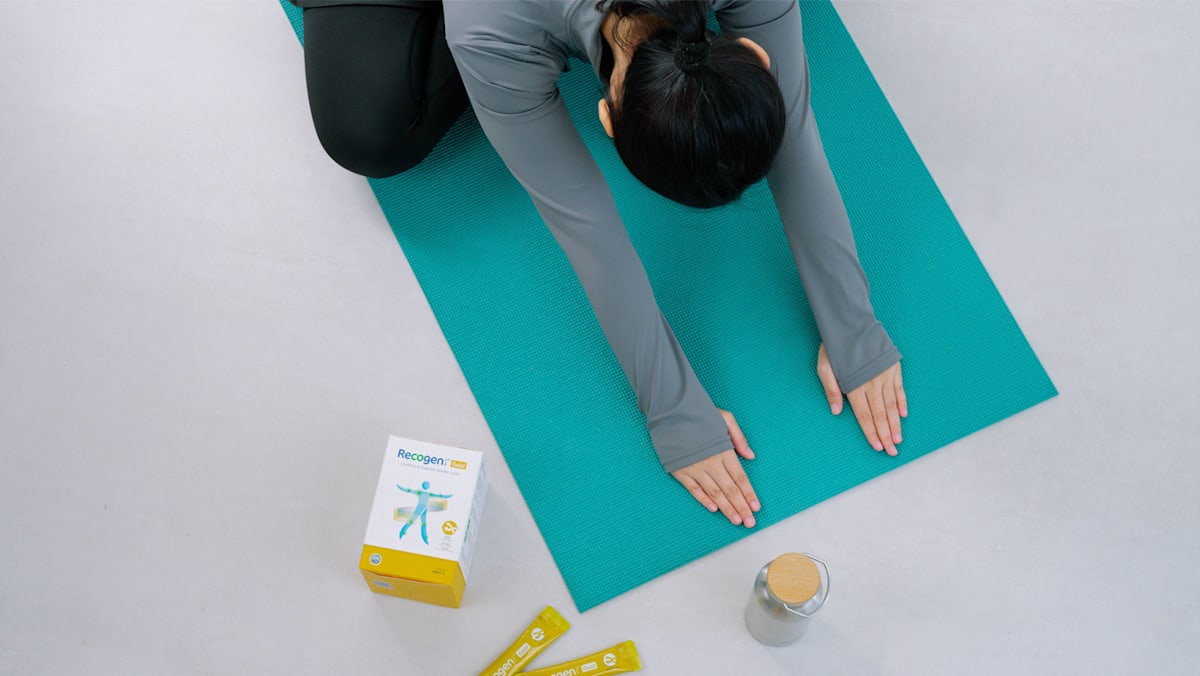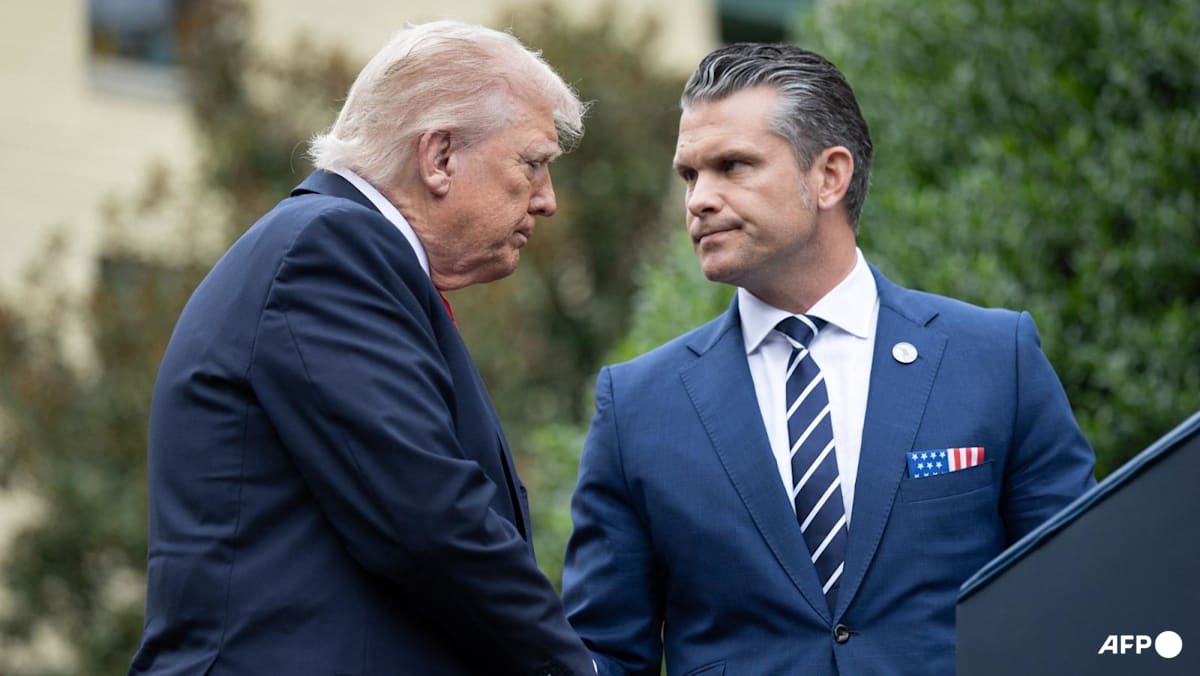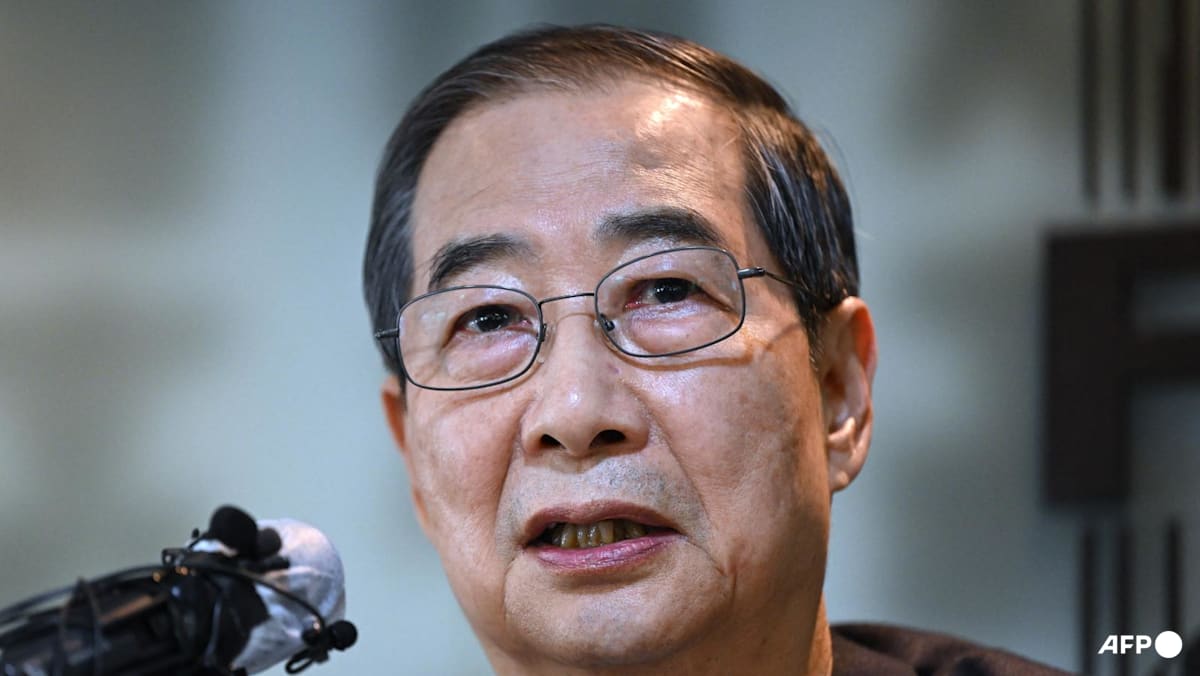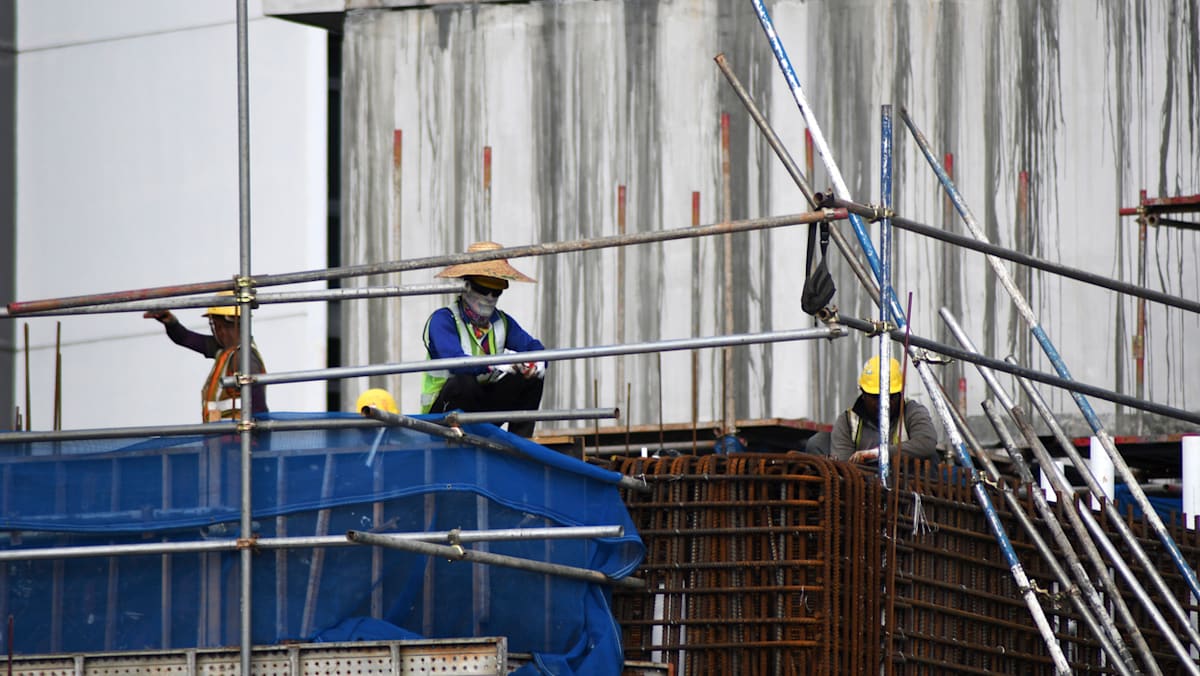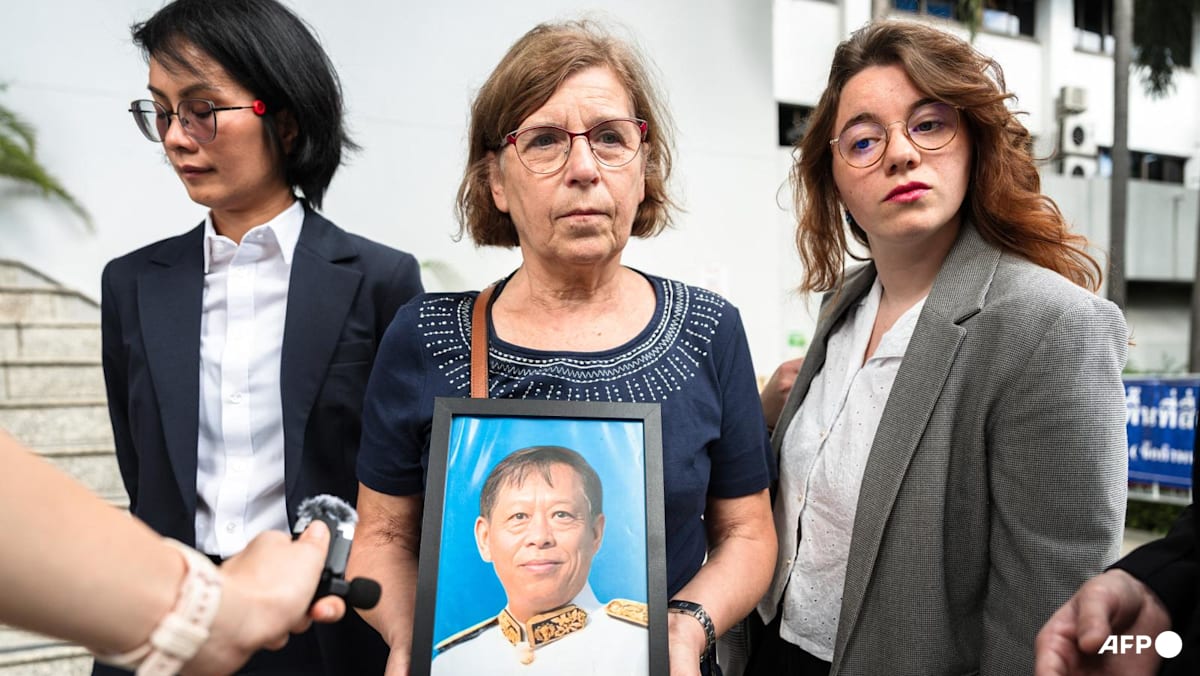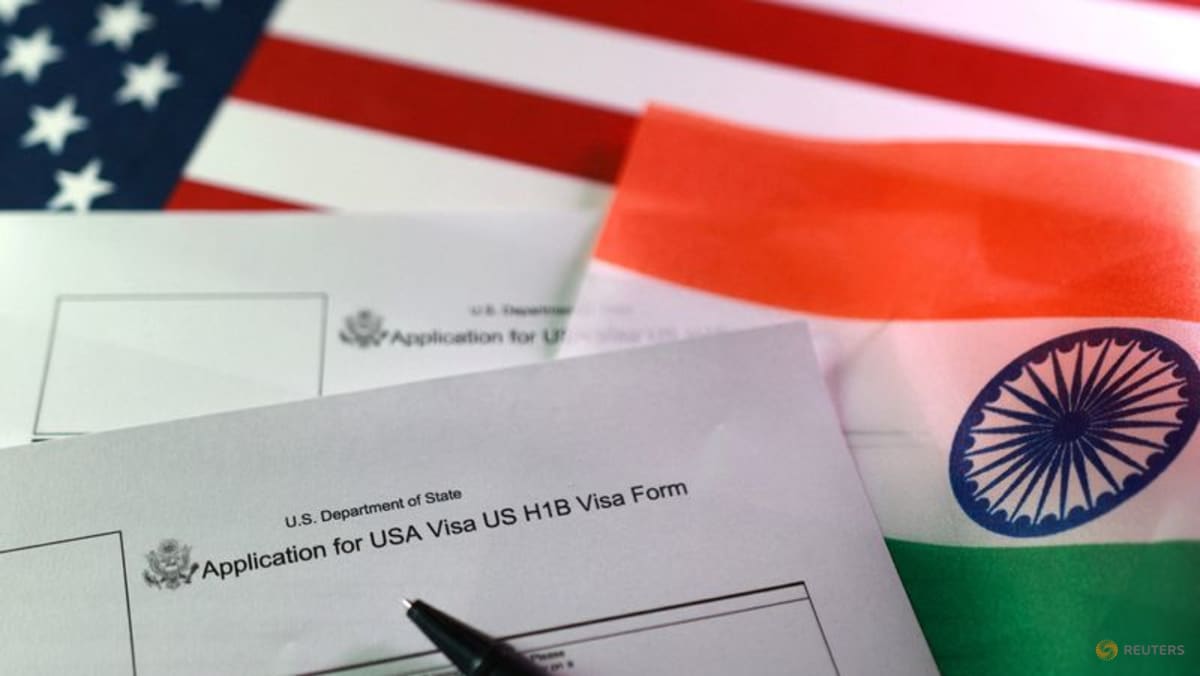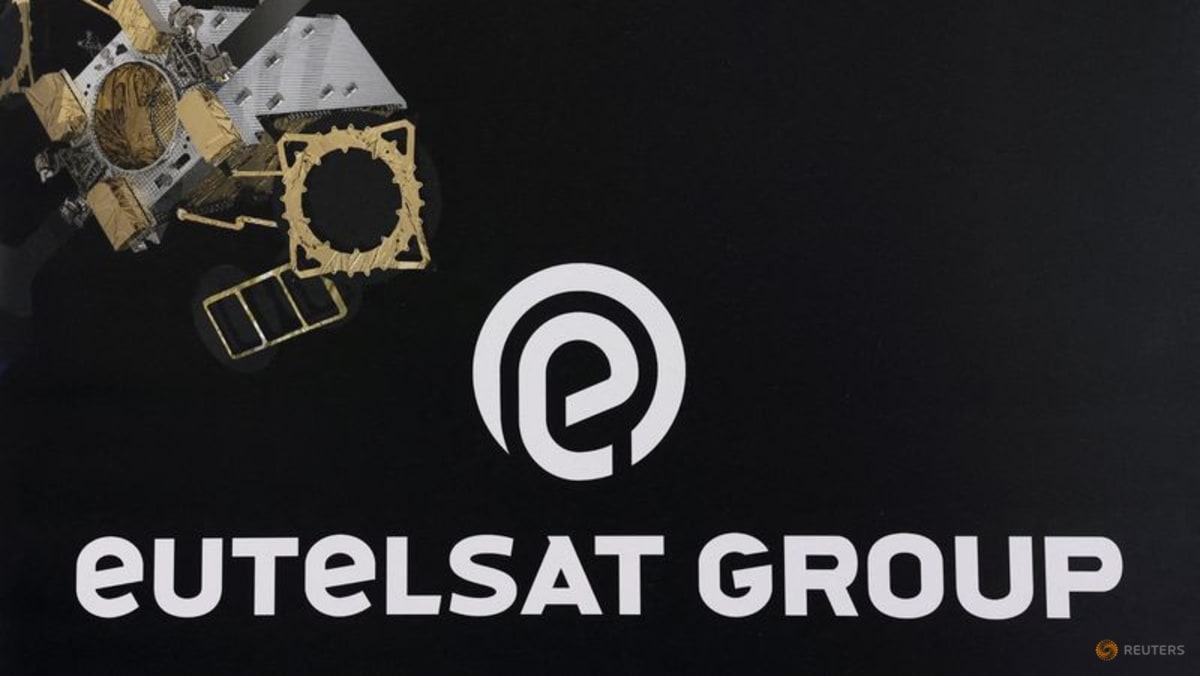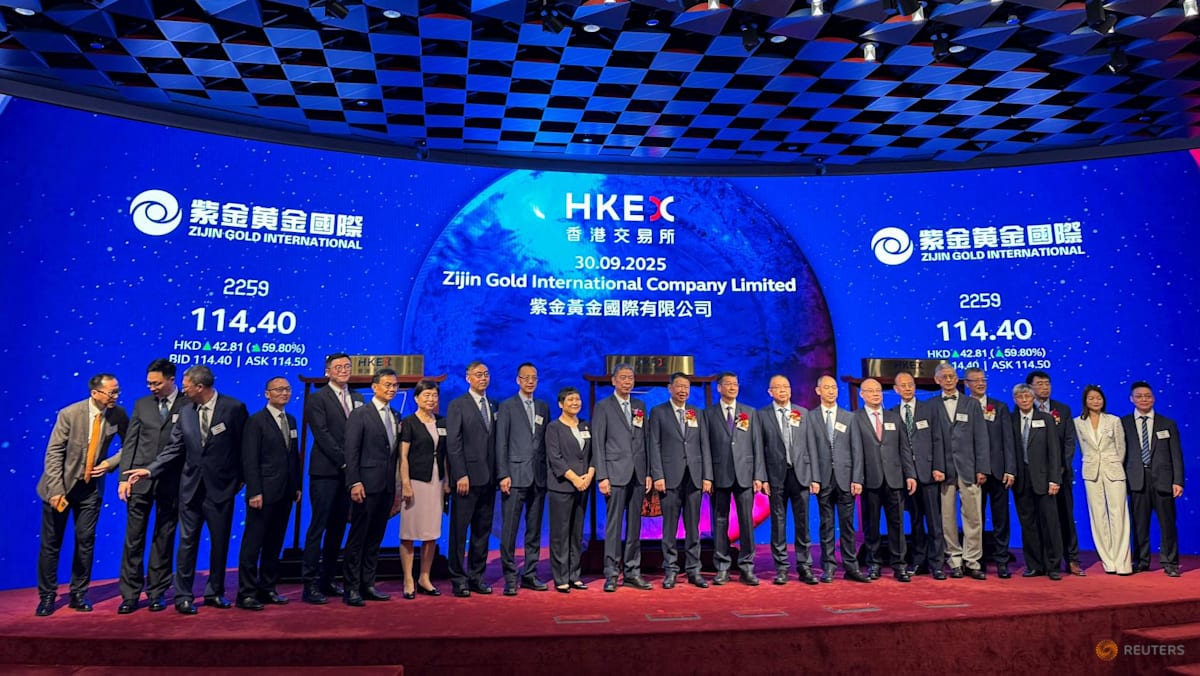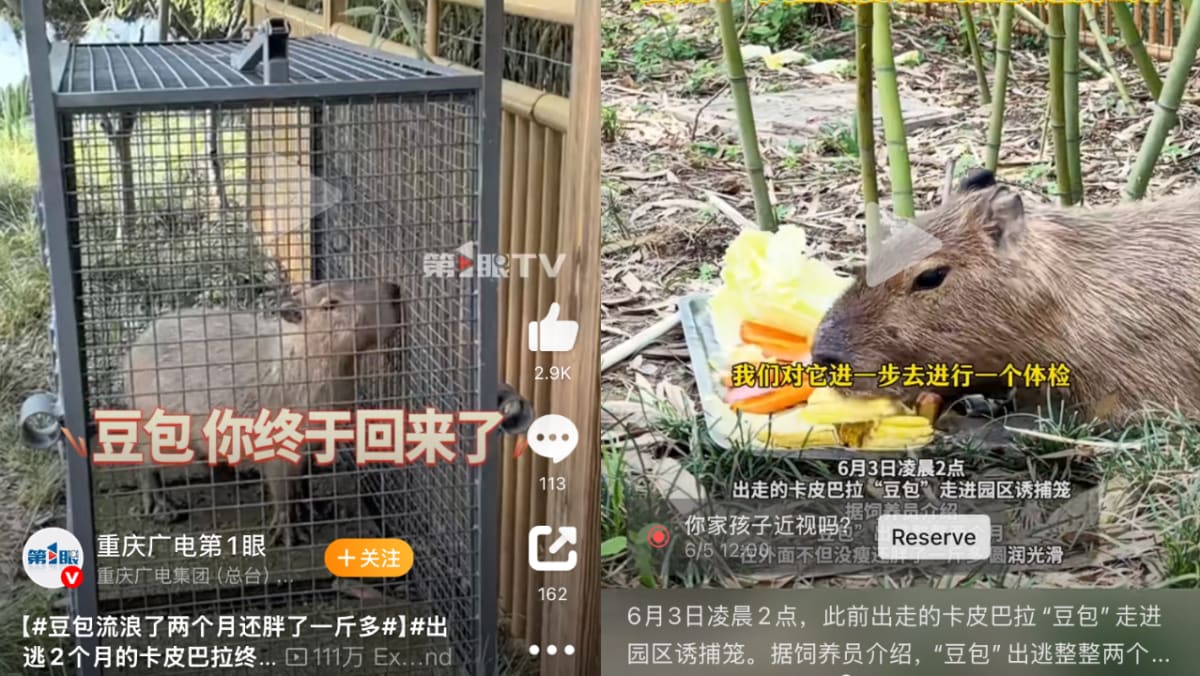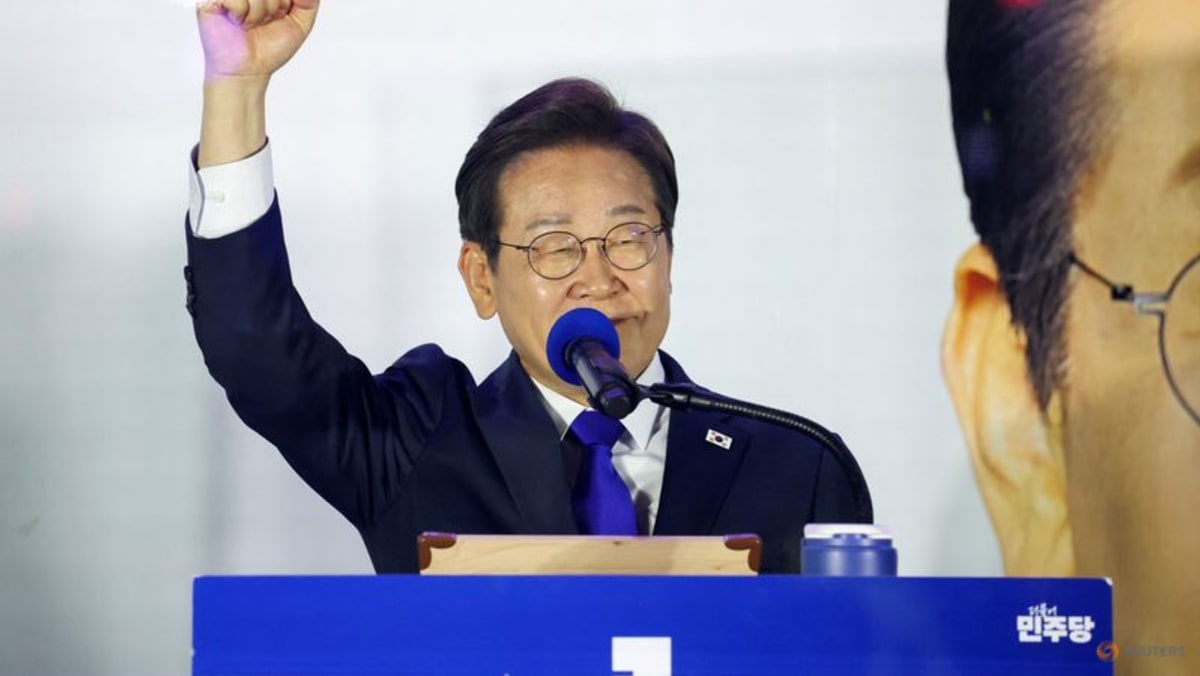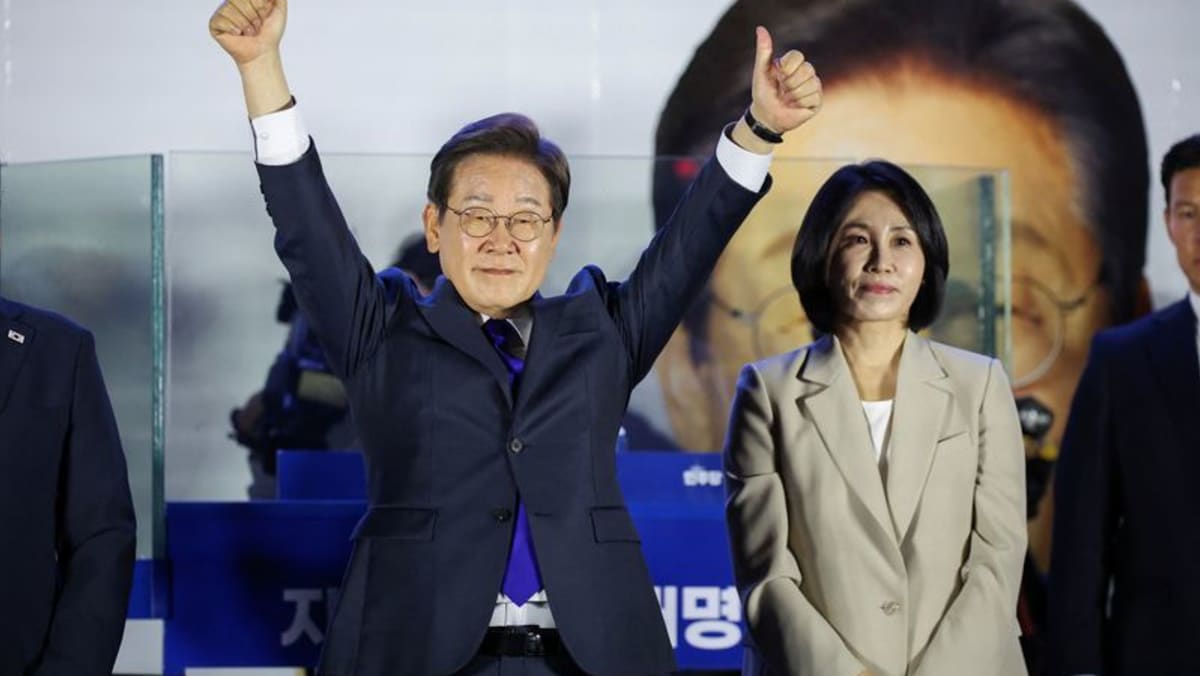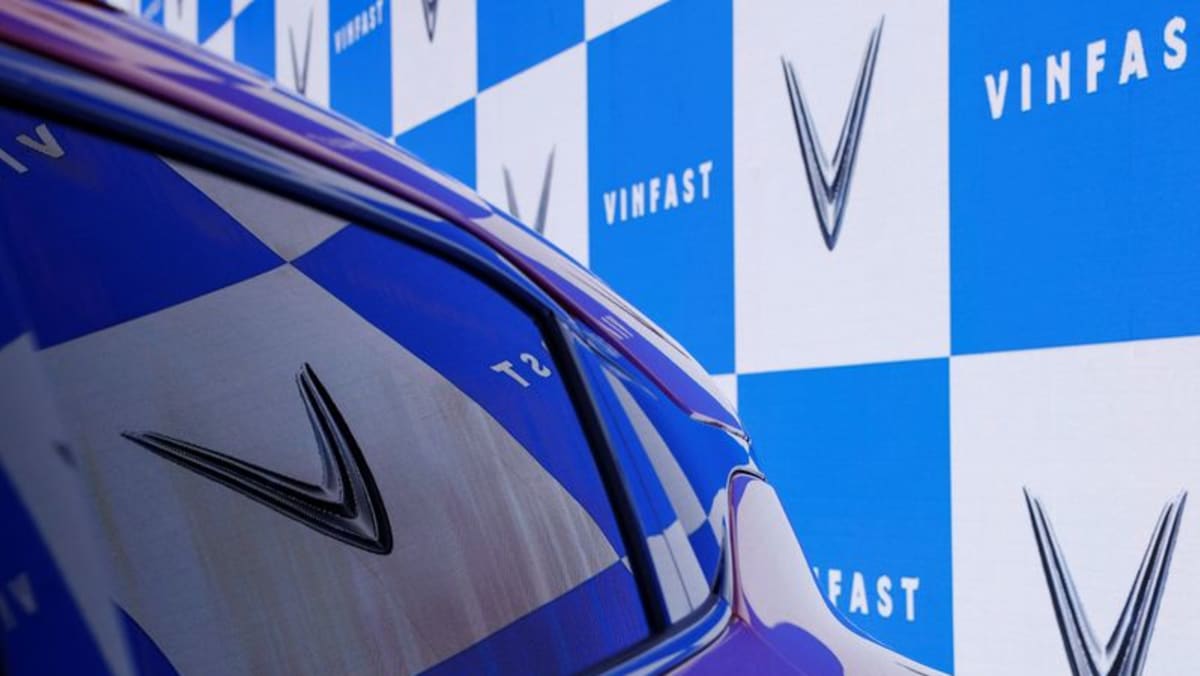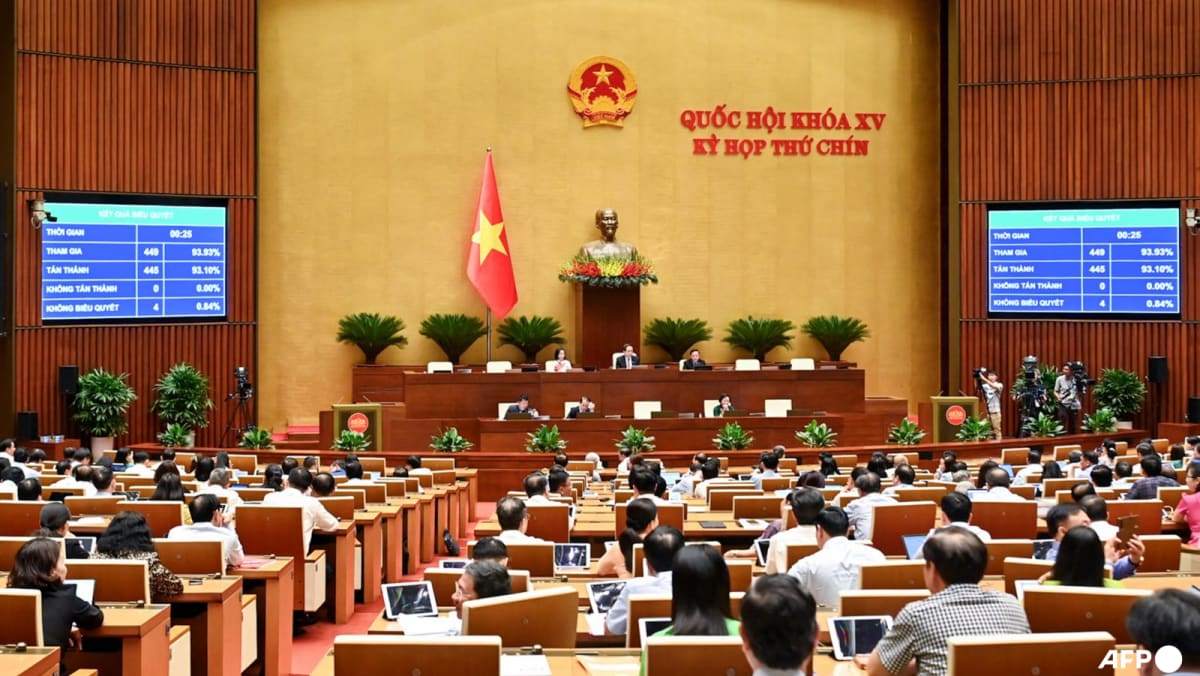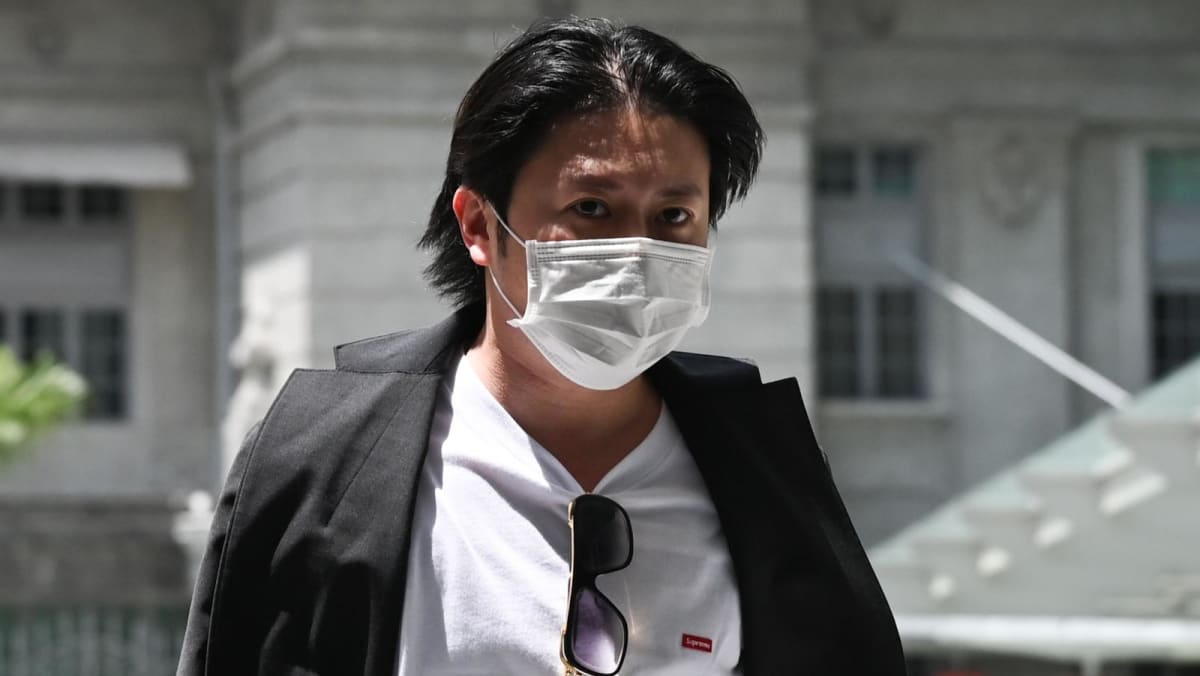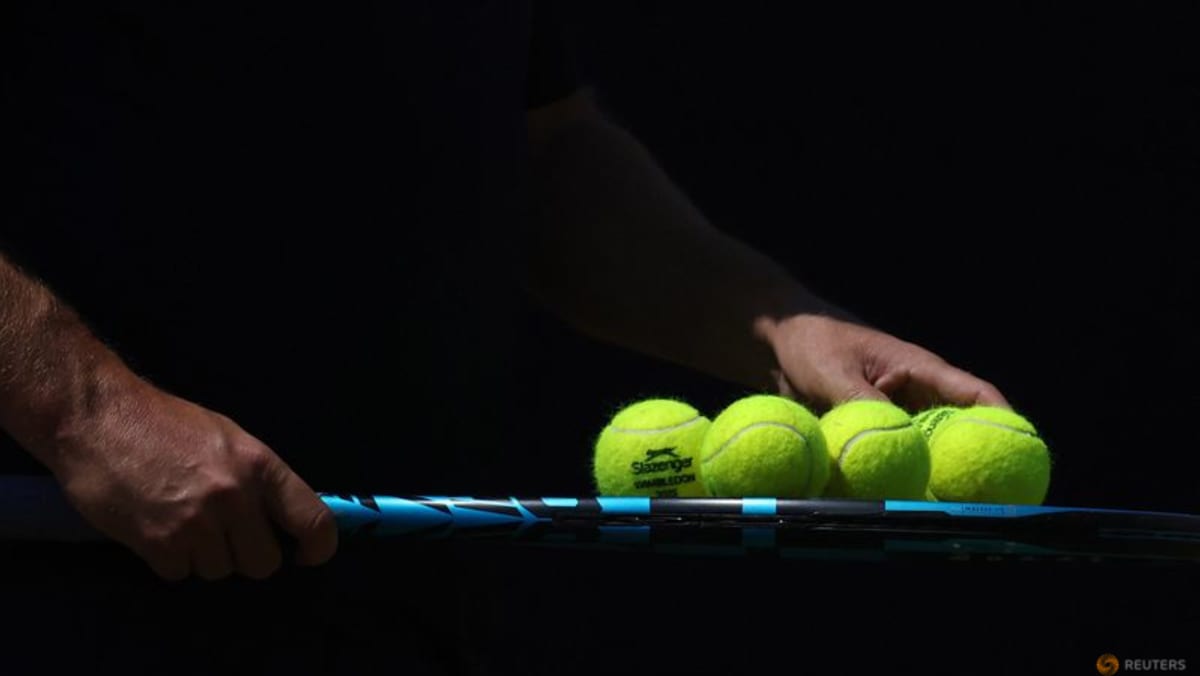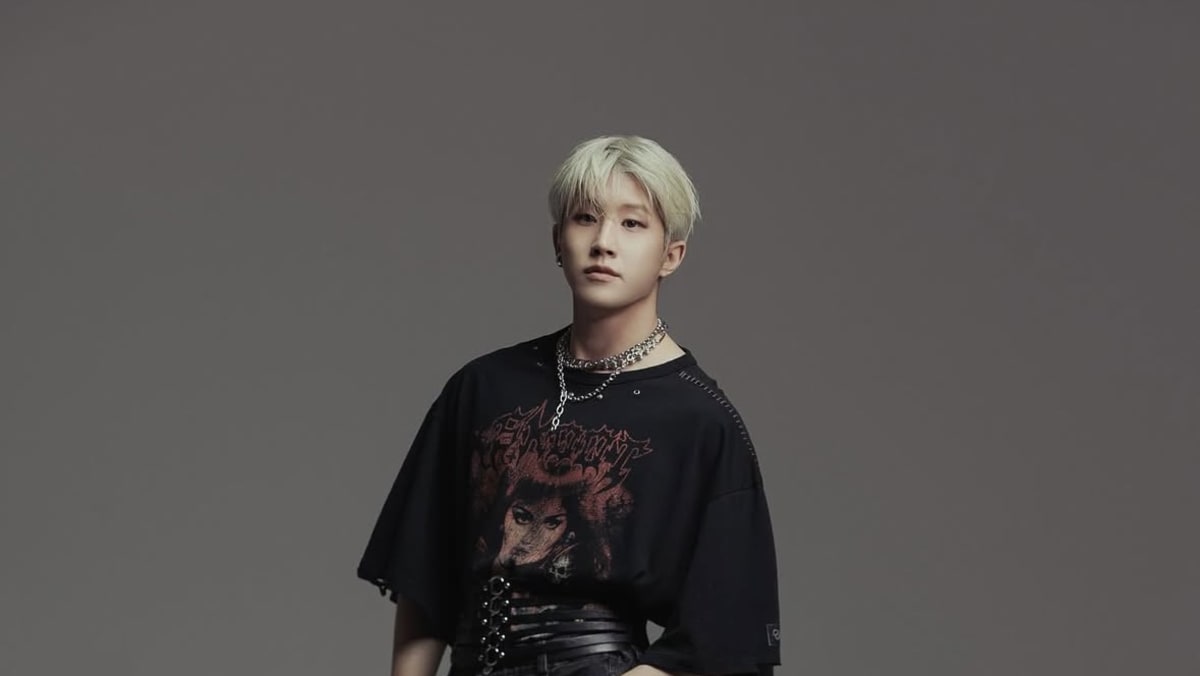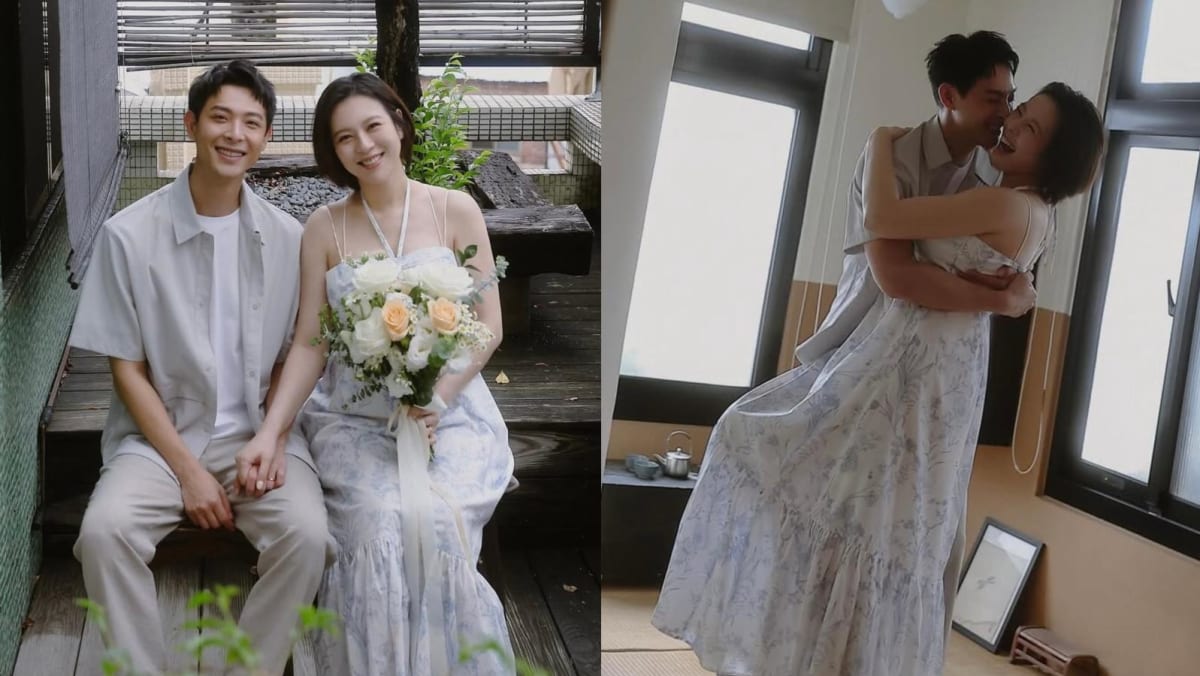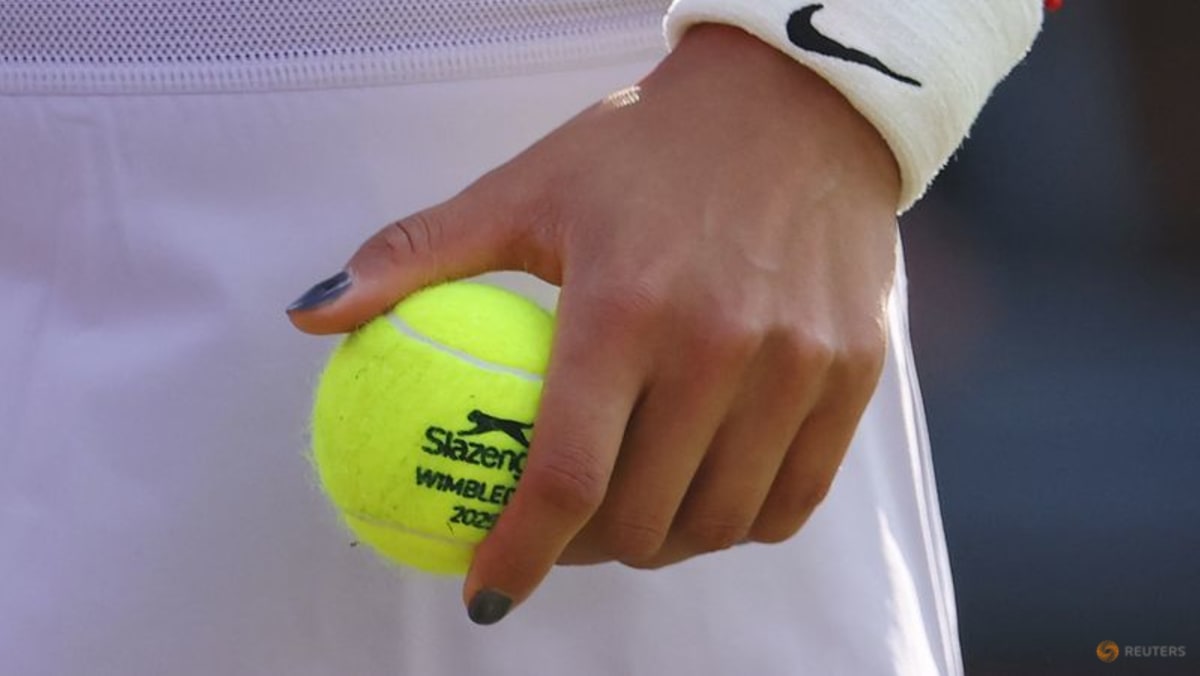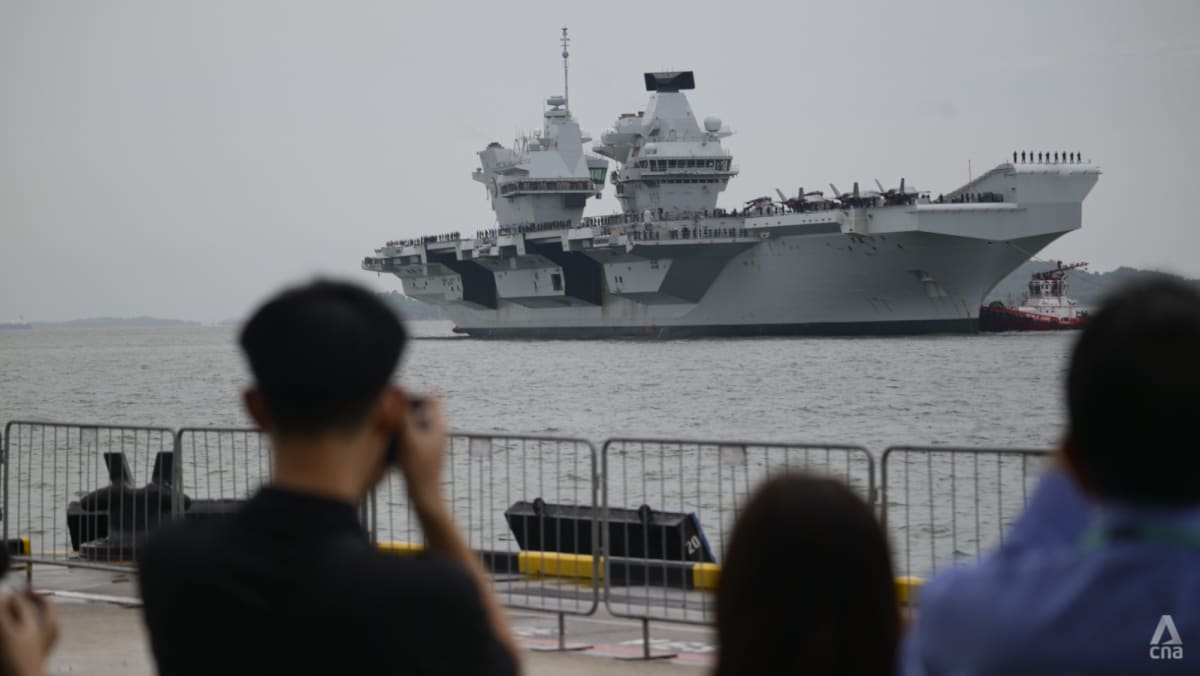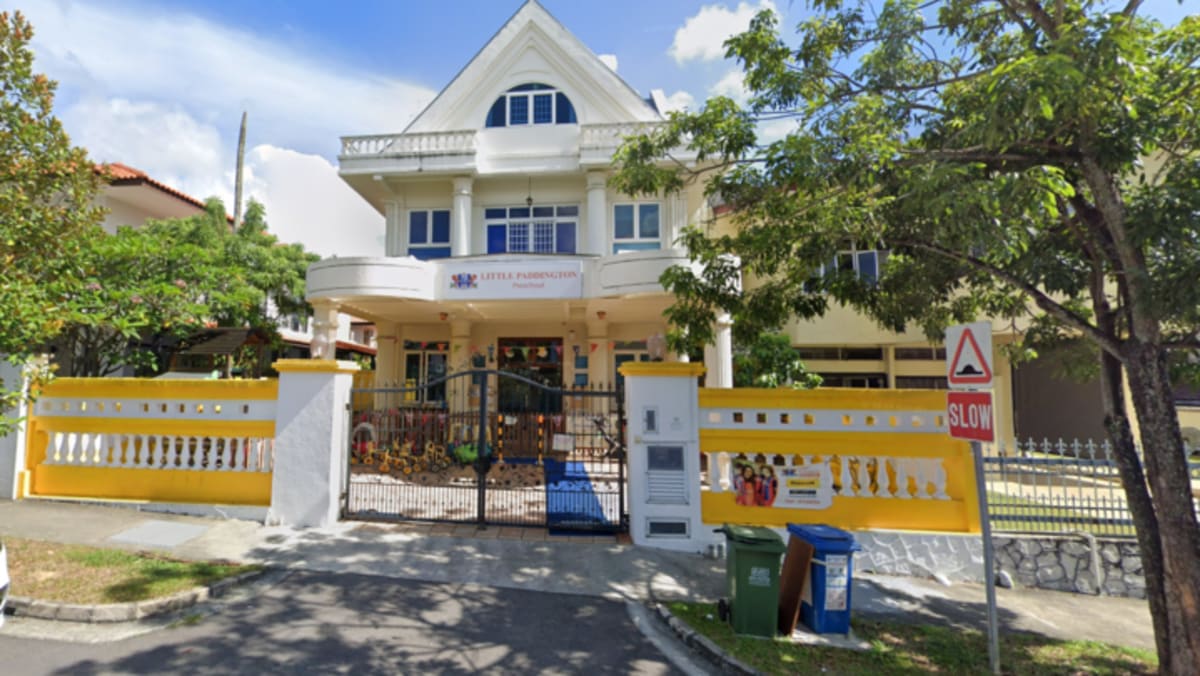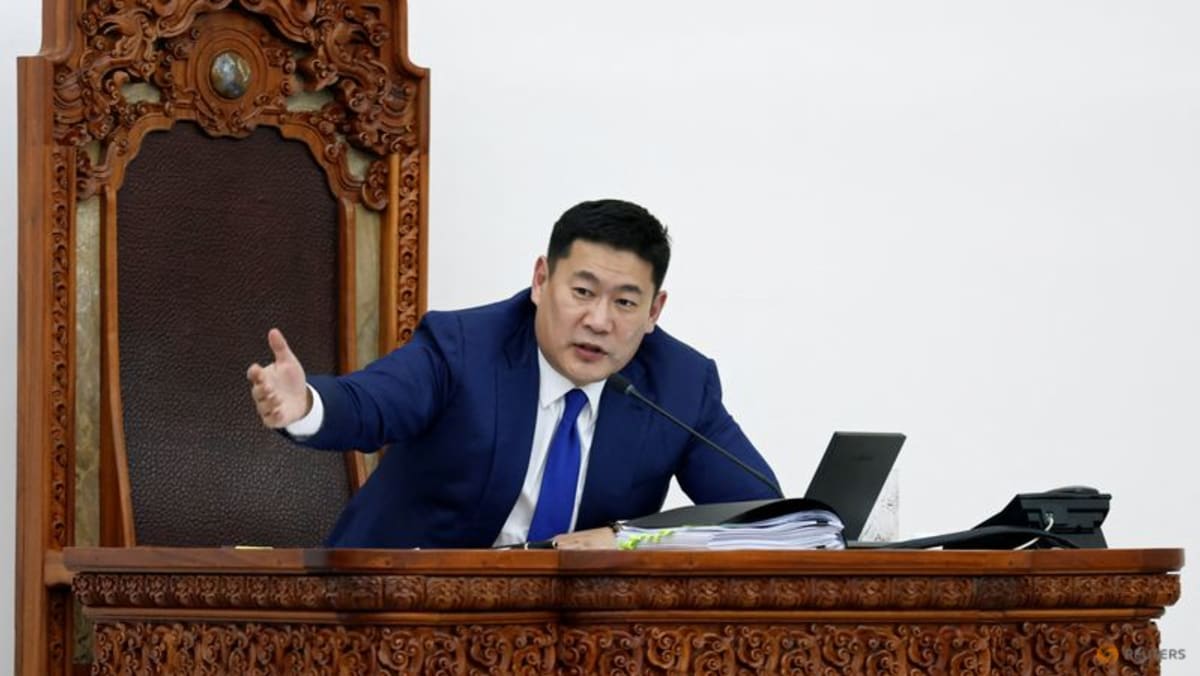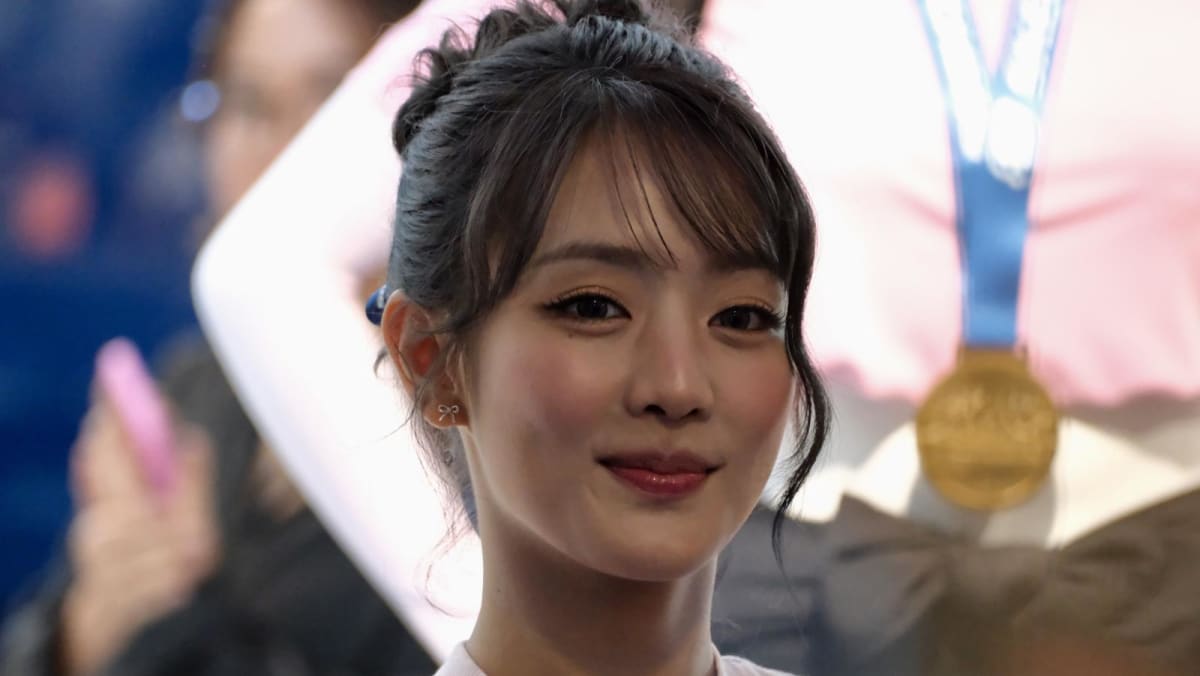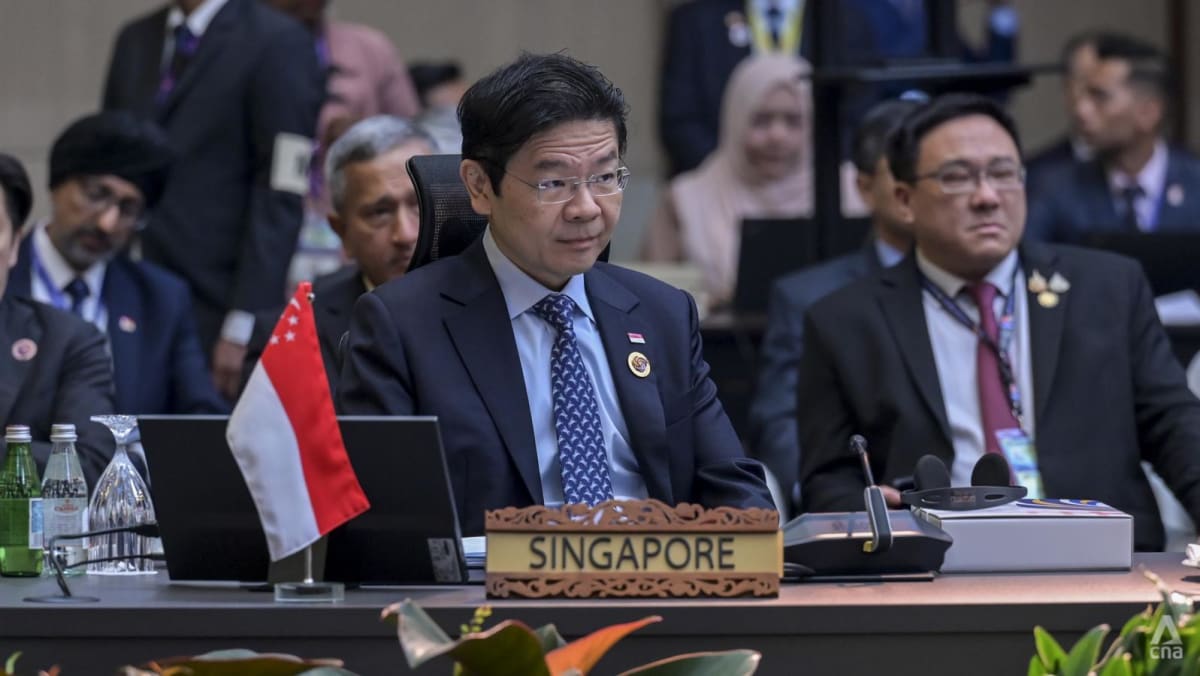From a distance, they resemble superhero action figures from the 1970s and 1980s, complete with transparent plastic blister packs on cardboard backing.
Upon closer inspection, the three toy figurines are striking caricatures of Singapore's founding fathers: Lee Kuan Yew, Goh Keng Swee and S Rajaratnam. Superheroes of a different vintage, some may say.
Created by award-winning Singaporean cartoonist Sonny Liew for the privately curated exhibition Artist’s Proof: Singapore At 60, which opens Sunday (Jul 13), the figurines appear to be a straightforward homage to Singapore’s founding fathers on the nation’s 60th birthday this year.
But the one-off commissioned project – P.A.P. x P.A. (that’s “performance art”, not the People’s Association) – packs the layered wit and subtext that have become his signature.
After all, Liew, 51, is no stranger to evoking public discourse. A decade ago, the National Arts Council (NAC) withdrew its publishing grant for his graphic novel, The Art Of Charlie Chan Hock Chye, as they said it potentially undermined the authority of the government.
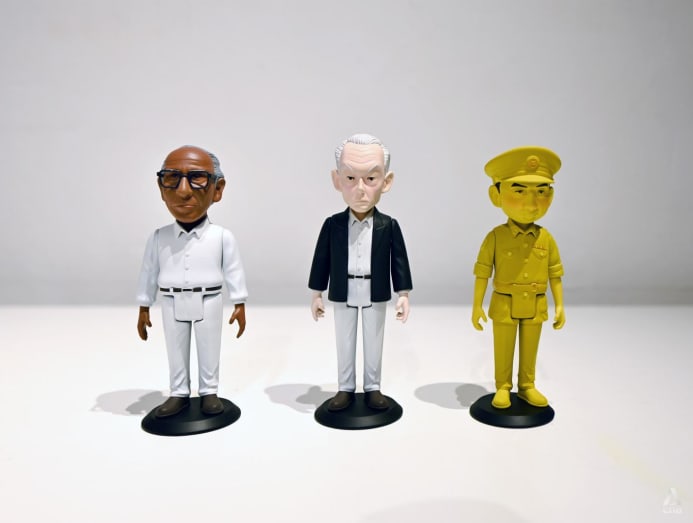 The figurines play on pop culture and nostalgia, resembling vintage toy figurines. (Photo: CNA/Joyee Koo)
The figurines play on pop culture and nostalgia, resembling vintage toy figurines. (Photo: CNA/Joyee Koo)
While the toy figurines this time are a different medium, he hopes the pop culture approach – also taken for his comics – will keep the project equally accessible for mainstream audiences.
For starters, he wanted the figurines to elicit a sense of nostalgia, right down to their simple swivel joints that prevent dynamic poses seen in toys today.
Each figurine is around 15cm tall, just like the classic toys they were inspired by; and made with lacquer and acrylic paint on resin, acrylic and cloth.
Liew essentially saw the potential in helping audiences embrace art through "more consumer-friendly" mediums that could reveal "deeper meanings".
“You kind of come from under the radar for the viewer. They see something that’s accessible and friendly, then when they look at it more closely, they will find other ideas,” he told CNA Lifestyle, ahead of the public reveal on Sunday.
The exhibition, presented by art space The Culture Story, will showcase over 90 works created from the 1940s to 2025, in addition to Liew's figurines.
It will run daily from 10am to 6pm at ArtSpace @ Helutrans at Tanjong Pagar Distripark till Aug 17, and admission is free.
MARRYING POLITICS WITH PERFORMANCE ART
Take the Lee Kuan Yew figurine, for instance. Even standing at 16cm, the late prime minister's likeness, with his characteristic furrowed brows, manages to command respect. The figurine dons a black jacket. There is nothing out of the ordinary – from the front.
Emblazoned on the back of the jacket is a single line: A luxury we can now afford.
It’s firstly a nod to his speech in the late 1960s to Singaporean university students, where Lee – true to his deep pragmatism – expressed the belief that “poetry is a luxury we cannot afford”. The maxim has since become shorthand in Singaporean discourse exploring the tension between passion and practicality.
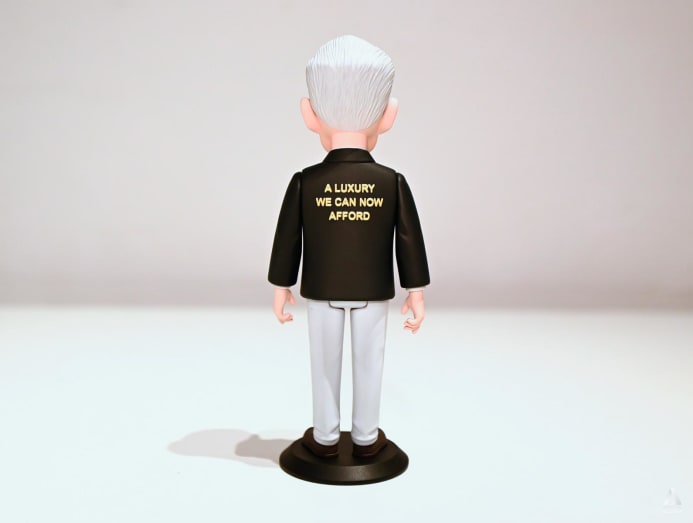 The design of the jacket references the work of Singaporean performance artist Tang Da Wu. (Photo: CNA/Joyee Koo)
The design of the jacket references the work of Singaporean performance artist Tang Da Wu. (Photo: CNA/Joyee Koo)
The design of the jacket pays tribute to a 1995 performance intervention by Singaporean artist Tang Da Wu, as much a pioneer in his field. Tang went to the opening ceremony of Singapore Art '95, wearing a black jacket stitched with "Don't Give Money To The Arts". Back then, there was a freeze on grants for unscripted performance art.
Similarly, each of the other two figurines incorporate references to renowned works of Singaporean performance art in its portrayal of the political heavyweight.
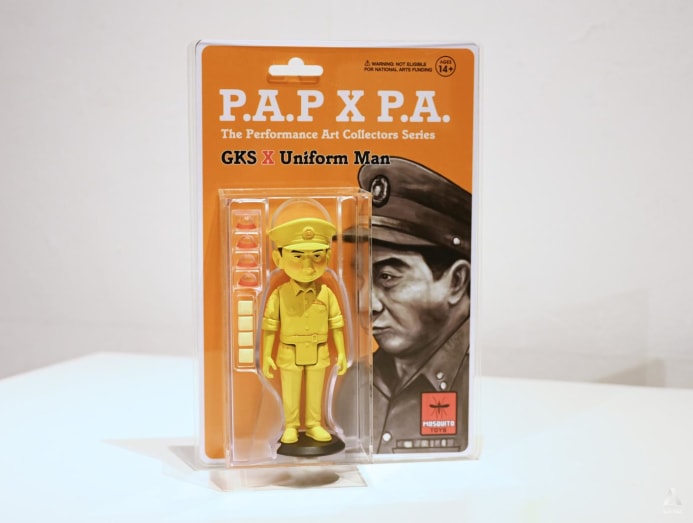 Goh Keng Swee as Uniform Man, a reference to Singaporean performance artist Lee Wen's Yellow Man series. (Photo: CNA/Joyee Koo)
Goh Keng Swee as Uniform Man, a reference to Singaporean performance artist Lee Wen's Yellow Man series. (Photo: CNA/Joyee Koo)
The Goh Keng Swee figurine is painted yellow – a tribute to the Yellow Man series by the late Singaporean performance artist Lee Wen, who painted his body bright yellow as a commentary on identity, ethnicity and cultural stereotypes.
Titled Uniform Man, the figurine is hence a play on an aspect of the late Dr Goh's political identity that many might remember him for: His seminal role as Singapore’s inaugural minister for the Ministry of Defence, which he established along with the introduction of National Service.
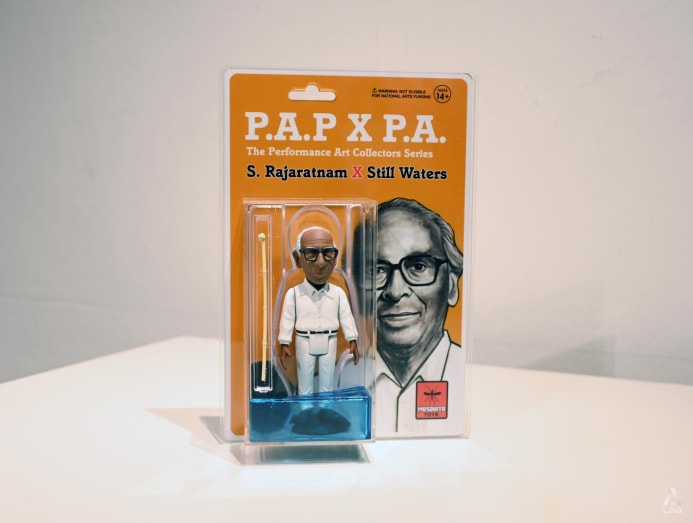 S Rajaratnam's figurine references performance art piece Still Waters, which was a critique on artistic censorship. (Photo: CNA/Joyee Koo)
S Rajaratnam's figurine references performance art piece Still Waters, which was a critique on artistic censorship. (Photo: CNA/Joyee Koo)
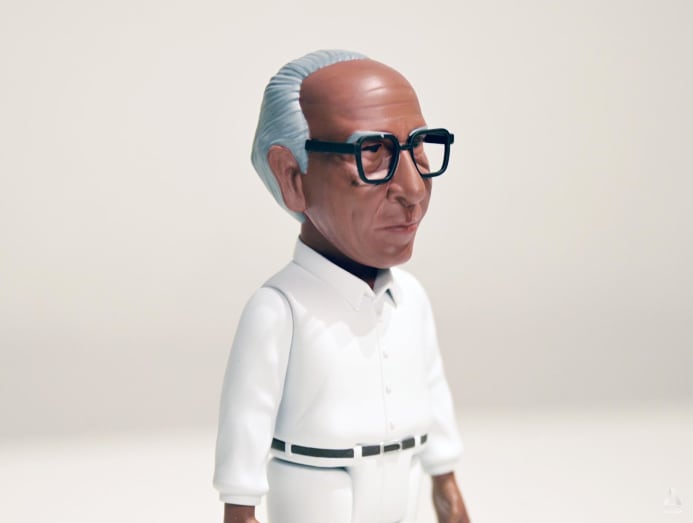 A close-up of the S Rajaratnam figurine, a striking caricature of the late politician who was known for being the ruling party's ideologue. (Photo: CNA/Joyee Koo)
A close-up of the S Rajaratnam figurine, a striking caricature of the late politician who was known for being the ruling party's ideologue. (Photo: CNA/Joyee Koo)
Meanwhile, the S Rajaratnam figurine is packed with a blue gel-like substance, referencing Suzann Victor’s 1997 performance Still Waters, which critiqued censorship and the containment of art.
The late Rajaratnam, Singapore’s first Minister for Culture, shaped the country’s official historical narrative through his writings and speeches. He was also a firm advocate of the dominant party system.
In their own way, both politician and performance artist engaged with ideas of control and expression.
And finally, each of Liew’s three figurines come with miniature props of elements from the notable performance art piece in 1994, Brother Cane by Singaporean artist Josef Ng. The pioneering but controversial work led to a clampdown on public funding for performance art till 2004.
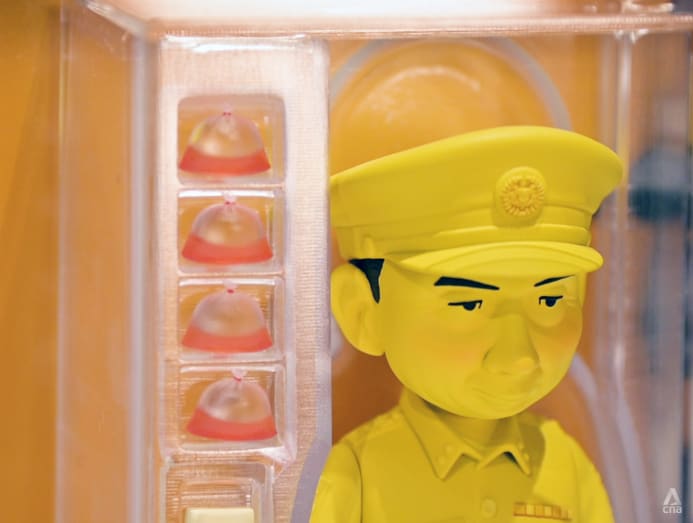 Four bags of red dye - elements used in the 1994 performance art piece Brother Cane. (Photo: CNA/Joyee Koo)
Four bags of red dye - elements used in the 1994 performance art piece Brother Cane. (Photo: CNA/Joyee Koo)
Elaborating on his thought process, Liew said there was a point in Singapore’s development where a vibrant art scene was considered important to be a global city.
“That, I think, created a tension, because some artists would have values or ideas that are different from the state’s,” he said.
“And so, by bringing (these elements) together in performance art, I hope the audience will tease out their own meanings.”
BALANCING REALISM AND CARICATURE
In fact, it was precisely Liew’s ability to provoke reflection and conversation – and not just in traditionally exclusive art spaces – that drew The Culture Story to him. The company’s co-founder Ning Chong said they had specifically sought out a "non-traditional fine artist".
The brief given to Liew was straightforward: What does Singapore, or being Singaporean, mean to you in this day and age?
Chong “naively thought” that Liew, as a cartoonist, would produce an illustration or comic strip panel that she could frame and hang. Instead, he proposed a performance art piece inspired by toy figurines a la Star Wars’ Boba Fett and Marvel superheroes from days of yore.
Then came selecting the ministers. They had to be recognisable enough to the average Singaporean, at least by name, if not by their contributions.
Lee Kuan Yew was an "obvious choice" because he’s widely recognised as the primary leader of the ruling party, Liew said. "Goh Keng Swee was formerly the second best known, and S Rajaratnam was the primary ideologue of the party. So I think they were quite easy choices."
On the other hand, the commission was “the most complicated” Chong’s team had handled, both in medium and subject matter, she said.
The level of technical detailing on each small figurine proved challenging, for instance.
"The challenge … is trying to figure out the balance between realism and caricature. Every feature in the characters can be done differently – the eyeballs, the height, the size of the head," Liew added.
"I was trying to find a depiction of the ministers in a way that was most platonic – the idealised version of them. Not too old, not too young, just the way we would remember them in a common memory."
The team keenly navigated potential political sensitivities alongside artistic freedom too, eventually believing they could take a risk as they believed the landscape today was “very different” from 15 to 20 years ago.
“I do believe our audiences are more mature, more worldly, and we feel that having (Liew’s work) in our exhibition will intrigue people and make them curious,” said Chong.
“The whole point is to invite these people, who may not necessarily even step into a museum, to come and see a show. And this is one avenue to just be exposed to other types of work, narratives and stories.”
She and her father Chong Huai Seng, also The Culture Story's co-founder, ultimately hope to give the country “a shot at having a thriving, vibrant (arts) ecosystem”.
“We’re so used to thinking about art as expensive art, high art, fine art that we forget – especially today – that pop art, street art, illustration and graphics are part of our visual culture," she said.
“Dad and I are interested in inspiring the current and next generation towards connection-building and culture-building for posterity, for ourselves. We have to know where we came from in our stories; there’s no one story about Singapore or Singapore art for that matter."
Artist’s Proof: Singapore At 60 is open from Jul 13 to Aug 17, from 10am to 6pm daily. More details can be found here.
